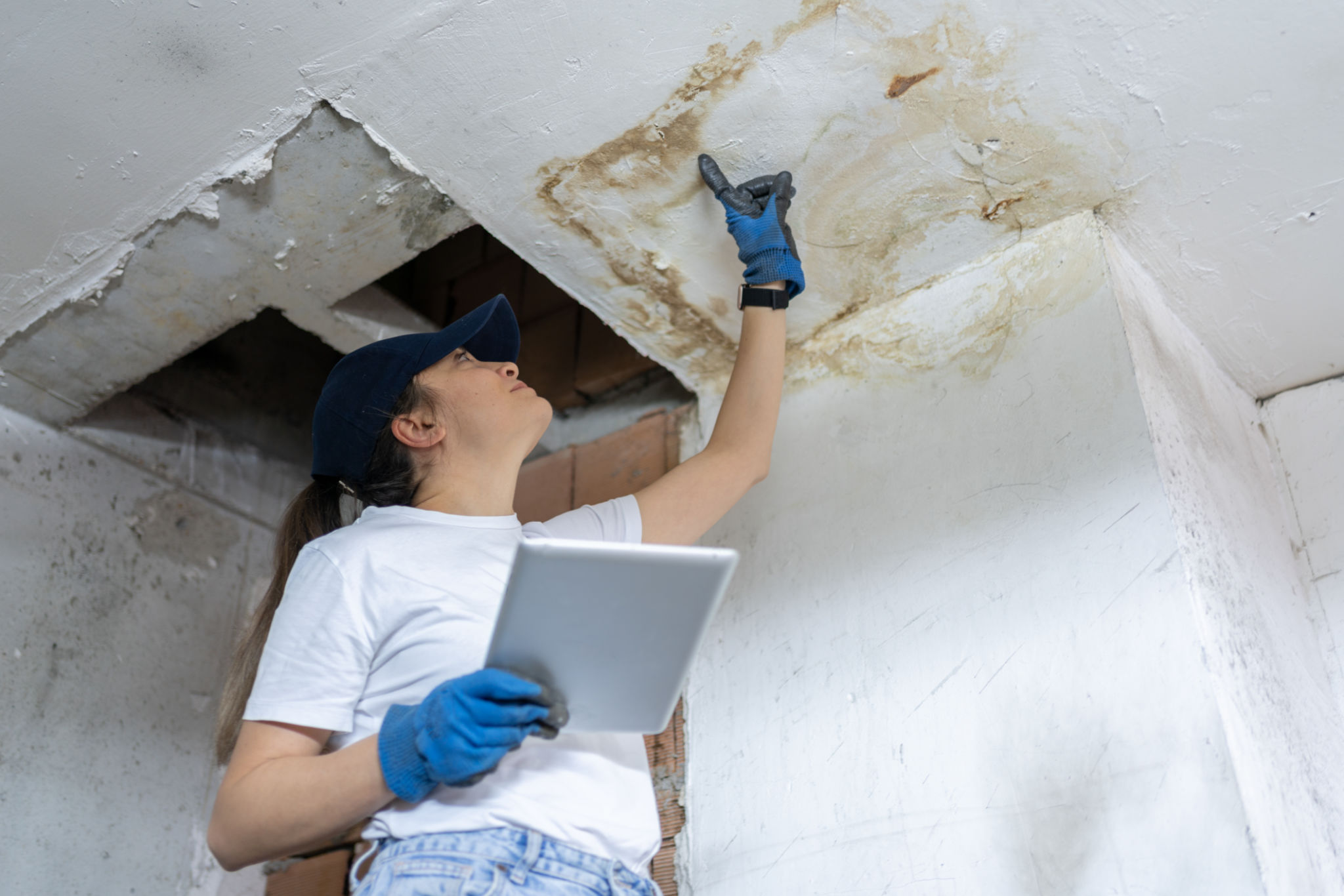Backflow Valve Compliance: Navigating Regulations in Granbury TX
Understanding Backflow Valve Compliance
Backflow valve compliance is an essential aspect of maintaining water safety in Granbury, TX. The primary function of a backflow valve is to prevent contaminated water from flowing back into the clean water supply. This is especially crucial in areas where residential, commercial, and industrial activities are closely interlinked. Understanding and adhering to local regulations ensures that the water remains safe for all users.
The City of Granbury has established specific guidelines for backflow prevention to safeguard public health. These regulations are designed to prevent the reverse flow of water, which can carry pollutants and contaminants into potable water systems. Compliance with these guidelines is not only a legal obligation but also a community responsibility.

Key Regulations in Granbury, TX
In Granbury, property owners are required to install backflow prevention devices at critical points in their plumbing systems. The type of device and its installation depend on factors such as the property's water usage, the presence of hazardous substances, and the potential for contamination. Regular inspections and maintenance are also mandated to ensure the devices function effectively.
Local authorities conduct periodic inspections to verify compliance with backflow prevention regulations. Property owners must ensure that their systems are accessible for these inspections and that any necessary repairs or replacements are promptly addressed. Failure to comply can result in fines and potential disruptions to the water supply.

Steps to Achieve Compliance
Achieving compliance with backflow valve regulations involves several important steps. Here's a streamlined guide to help property owners in Granbury:
- Assessment: Determine the risk level associated with your property's water system.
- Installation: Install the appropriate backflow prevention device as per local guidelines.
- Inspection: Schedule regular inspections with certified professionals.
- Maintenance: Conduct routine maintenance to ensure the device is functioning correctly.
By following these steps, property owners can protect themselves from potential legal issues and contribute to the community's overall water safety. It's also advisable to stay informed about any changes in local regulations that could affect compliance requirements.

The Importance of Professional Assistance
Navigating the complexities of backflow valve compliance can be challenging without professional assistance. Engaging a certified plumber or backflow prevention specialist can simplify the process, ensuring that installations meet regulatory standards and inspections are conducted efficiently. These professionals have the expertise to identify specific needs and recommend suitable solutions.
Furthermore, professional services often include documentation that serves as proof of compliance during official inspections. This documentation can be invaluable for avoiding penalties and ensuring uninterrupted water service.
Staying Informed on Regulatory Changes
Regulations surrounding backflow prevention may evolve over time, influenced by technological advancements and emerging health standards. Staying informed about these changes is crucial for maintaining compliance in Granbury. Local government websites and community workshops are excellent resources for updates on new regulations or amendments to existing ones.
By remaining proactive, property owners can ensure their systems remain compliant, safeguarding both their investment and public health. Regular communication with local authorities can also provide insights into upcoming regulatory changes and offer guidance on best practices.

Conclusion
Backflow valve compliance is a critical component of water safety in Granbury, TX. By understanding local regulations, following necessary steps for compliance, and seeking professional assistance, property owners can effectively manage their responsibilities. Staying informed about regulatory changes ensures ongoing compliance and contributes to a safer community environment. Prioritizing these efforts not only protects individual properties but also plays a vital role in preserving the integrity of the public water supply.